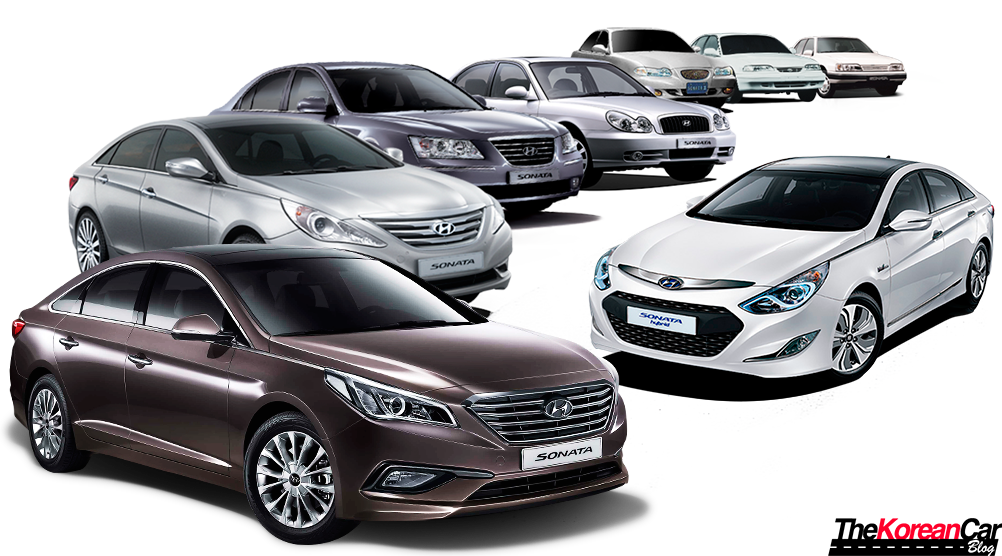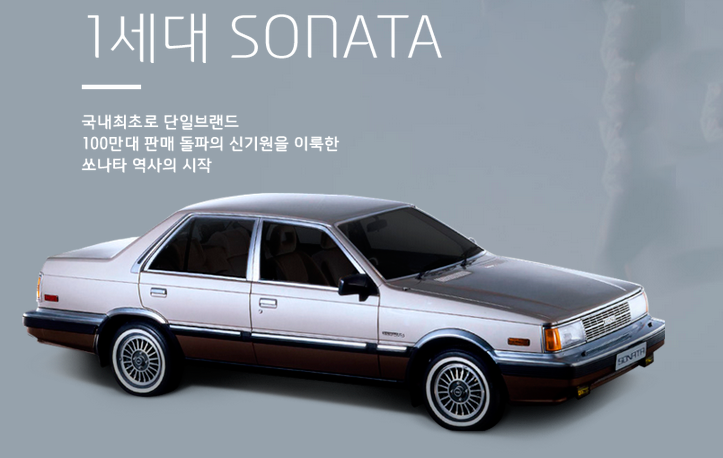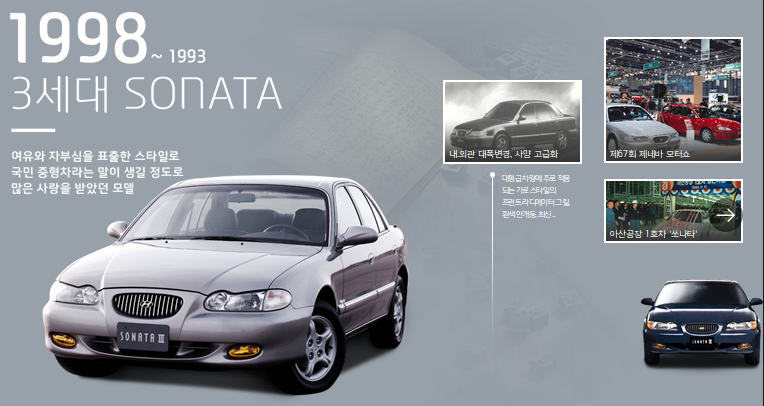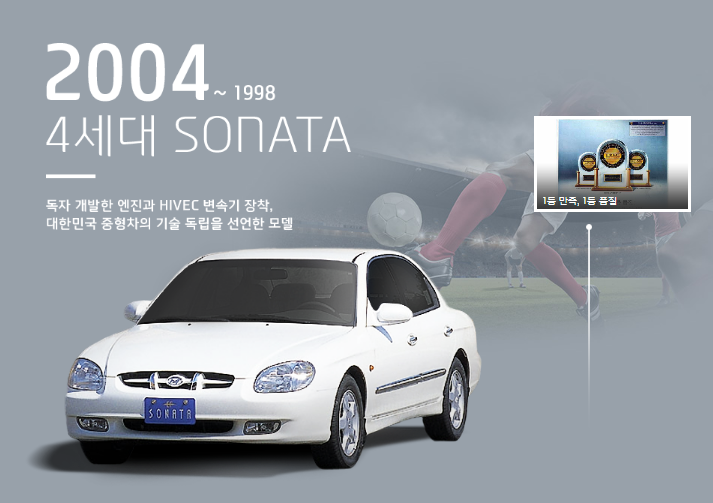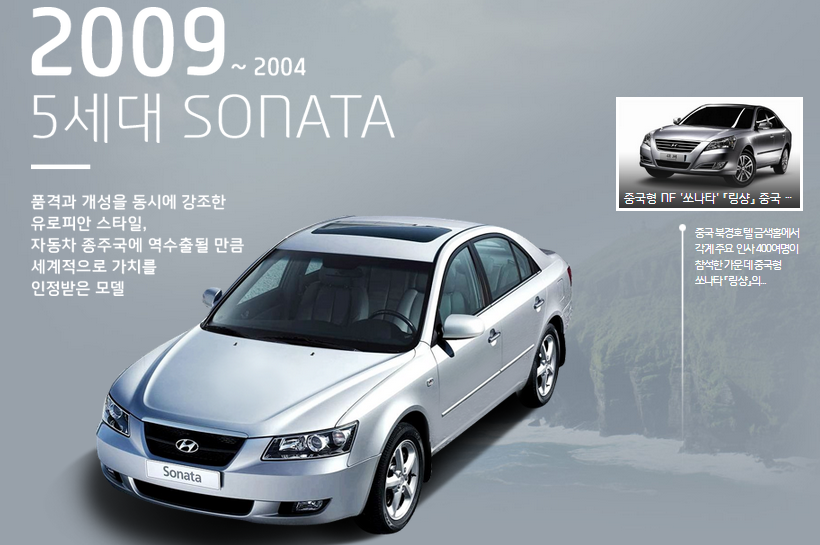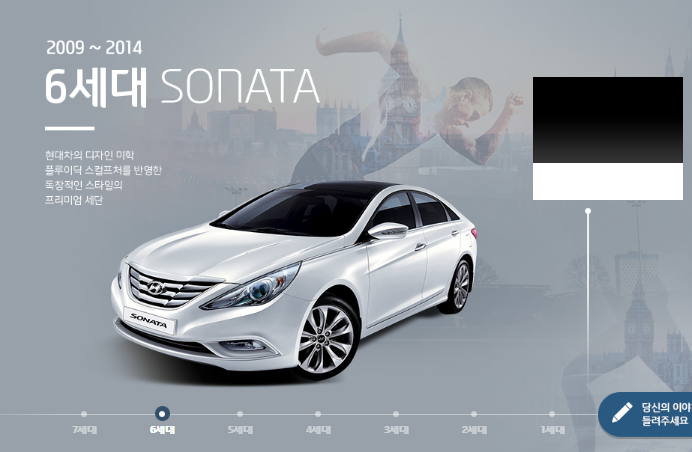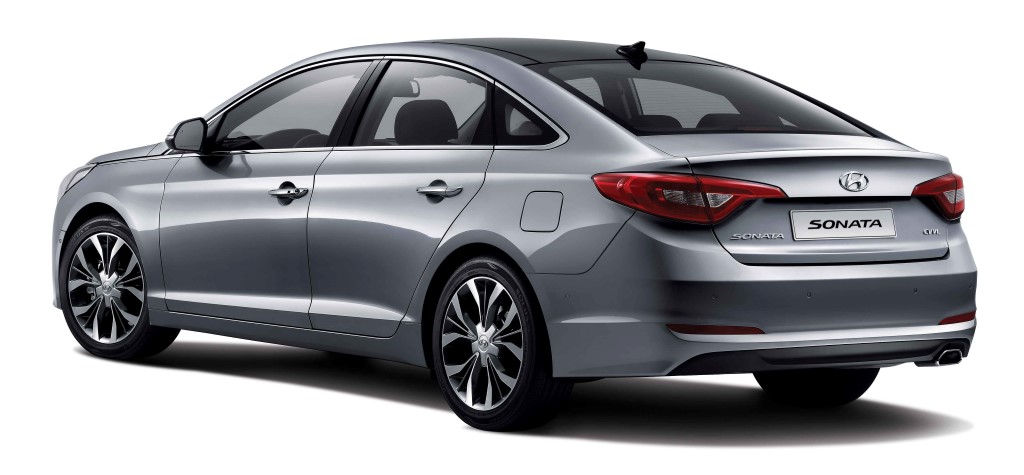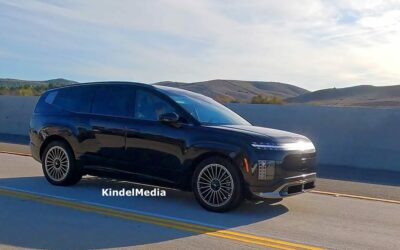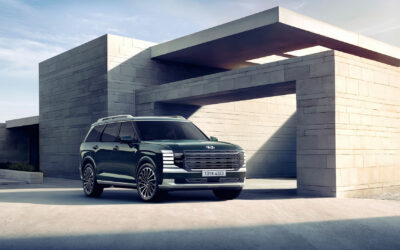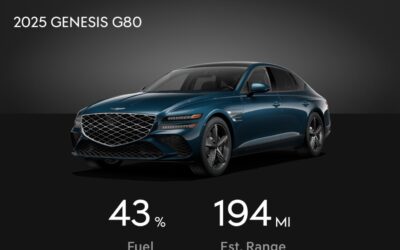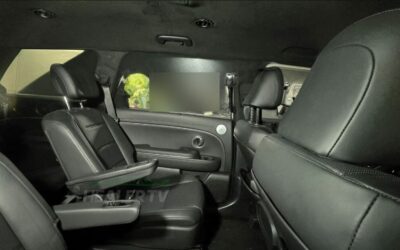Hyundai recently launched the seventh generation of the Sonata family sedan (codenamed LF), the longest surviving model in the Korean automobile industry. Making its debut in 1985, the Sonata has been one of the best-selling sedans in South Korea and about 7 million cars have been sold worldwide. Take a seat and join us in this journey through time.
“In fact, how the Sonata has evolved over the past 30 years serves as the history of the nation’s largest automaker,” said Koo Sang, a professor at Kookmin University. “The Sonata was the most luxurious car when it was launched, but it has become a family sedan to show the nation’s fast economic development,” he said.
[ads id=”2″ style=”float:left;padding:5px;”]
First generation (1985-1988)
The first Sonata made its debut in November 1985, based on the Stellar sedan. As its marketing campaign slogan “Car only for VIPs” implied, the sedan aimed to target those who had achieved success during the times of fast economic growth. Its first buyer was popular actor Shin Sung-il.
It came equipped with “premium” features at that time such as cruise control and automatic power seats. But the automaker still lacked the ability to develop the core parts of the Sonata such as an engine, which was supplied by Mitsubishi.
Read more about the 1st generation Sonata here!
Second generation (1988-1993)
As the first generation of the Sonata was not so successful, Hyundai immediately started to develop the second generation with the aim to strategically target overseas markets after the success of the Excel compact in the North American market.
The model was launched in June 1988, the year when Seoul hosted the Olympic Games, which was also a good chance for the automaker to promote its products. It was also the time when the automaker started to use the current logo ― an H in an oval frame.
This was the first sedan with a front-wheel drive system among mid-sized cars, which was better for the country which has a lot of snow in winter. In 1991, the automaker also launched a facelift version of the Sonata, after improving its exterior with more curving lines.
Read more about the 2nd generation Sonata here!
The third generation Sonata debuted in 1993, and it was the model that helped the automaker strengthen its foothold overseas.
“The first and second generations of the Sonata were largely for domestic sales with Hyundai lacking the image of a global player,” Chae Young-seok, chief editor of Global Auto News, said. “But the third generation started to show the automaker’s strong potential in the global market.”
It was the most successful Sonata yet with 600,000 sold in just 33 months after its launch. In comparison, the first generation sold only 1,029 in its first year. There was also a facelift for the Sonata in 1996 which saw modifications to the front and rear.
Including the facelift version, a total of over 1 million of the third generation Sonata were sold. Even after 20 years from its launch, third generation models can still be spotted on the road.
Read more about the 3rd generation Sonata here!
[ads id=”2″ style=”float:left;padding:5px;”]
Fourth generation (1998–2004)
A new generation Sonata arrived in 1998, also known as the EF Sonata, when the nation was hit hard by the financial crisis in 1998. This was the model that started to show Hyundai’s ability to produce quality cars, shifting the brand image from a cheap car maker to a reliable automaker.
In reports by J.D. Power and Consumer Report, the Sonata’s quality and reliability increased to the level of Toyota’s cars. It appeared in the popular movie “Bourne Supremacy” in 2000 in a car chase scene. The automaker introduced an upgraded version in 2001 and also launched the Elegance Special edition for women drivers.
Read more about the 4th generation Sonata here!
Fifth generation (2004–2009)
The NF Sonata was launched in September 2004 in Korea, based on a new platform. The automaker stopped using engines supplied from Mitsubishi and started to use Theta gasoline engines it developed using its own technology.
As part of globalization efforts, the Sonata’s launch in the U.S. also coincided with the production commencement at the company’s first U.S. assembly plant in Montgomery, Alabama. With the global success of the Sonata, Hyundai became one of the top 100 global brands. The NF was also the first Sonata model equipped with a diesel engine.
Read more about the 5th generation Sonata here!
[ads id=”2″ style=”float:left;padding:5px;”]
Sixth generation (2009-2014)
It is said that the most radical changes in terms of design were made in the sixth generation of the Sonata. The automaker first came up with so-called “Fluidic Sculpture,” a new design concept used to describe the bodywork of its new models. The design philosophy drew mixed responses at home and abroad, but it made the sixth generation the most successful Sonata ever.
In just two years after the launch, about 1 million were sold. Based on the sixth generation model, the automaker also developed new types of Sonata such as the Sonata Hybrid and the Sonata Turbo.
Read more about the 6th generation Sonata here!
Seventh generation (2014- )
The latest generation is the most advanced Sonata ever, packed with various new features. But the automaker said it focused in particular on four basic elements under the slogan “return to basics,” when developing the new model. It said the new model is designed to better “run, turn, stop and protect.”
In terms of design, the seventh-generation model has a simple yet higher-end appearance with the application of so-called “Fluidic Sculpture 2.0,” which is expected to appeal to a broader range of drivers as a family sedan.
Read more about the 7th generation Sonata here!
News source: [Korea Times]

